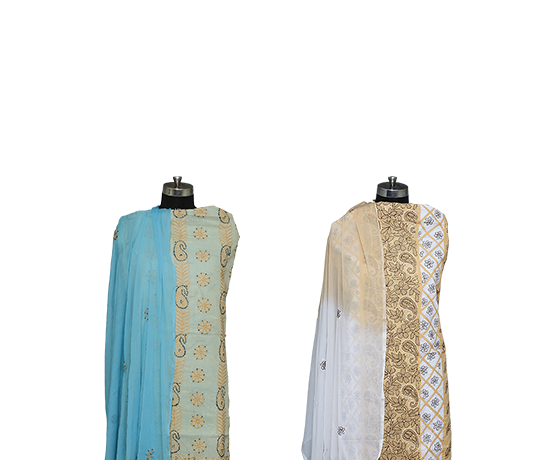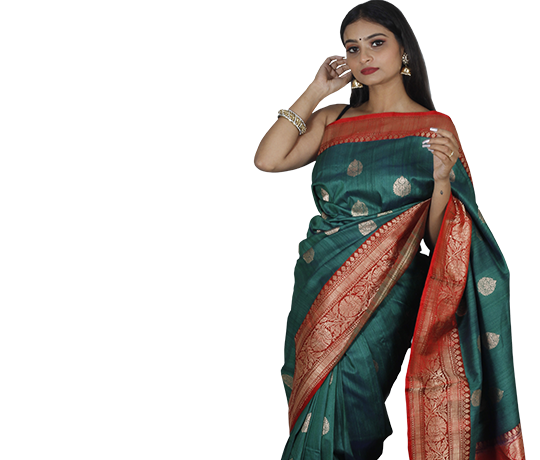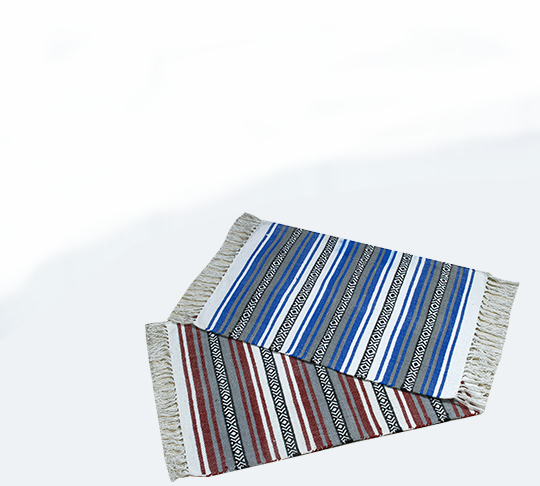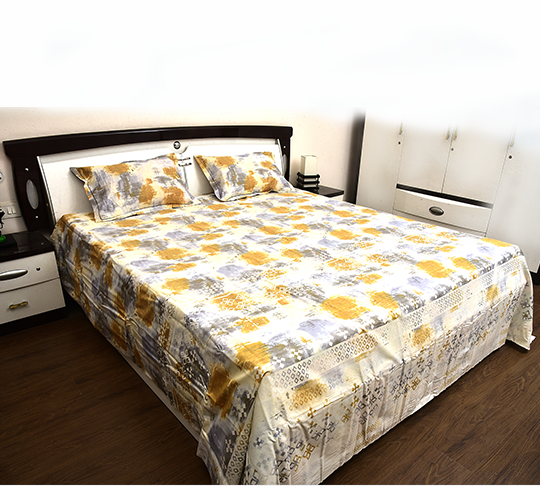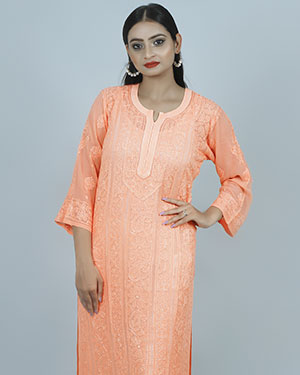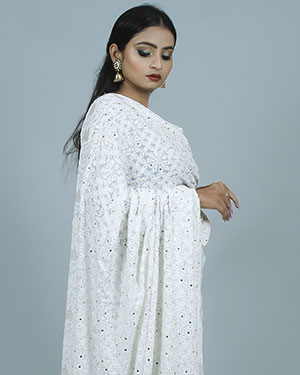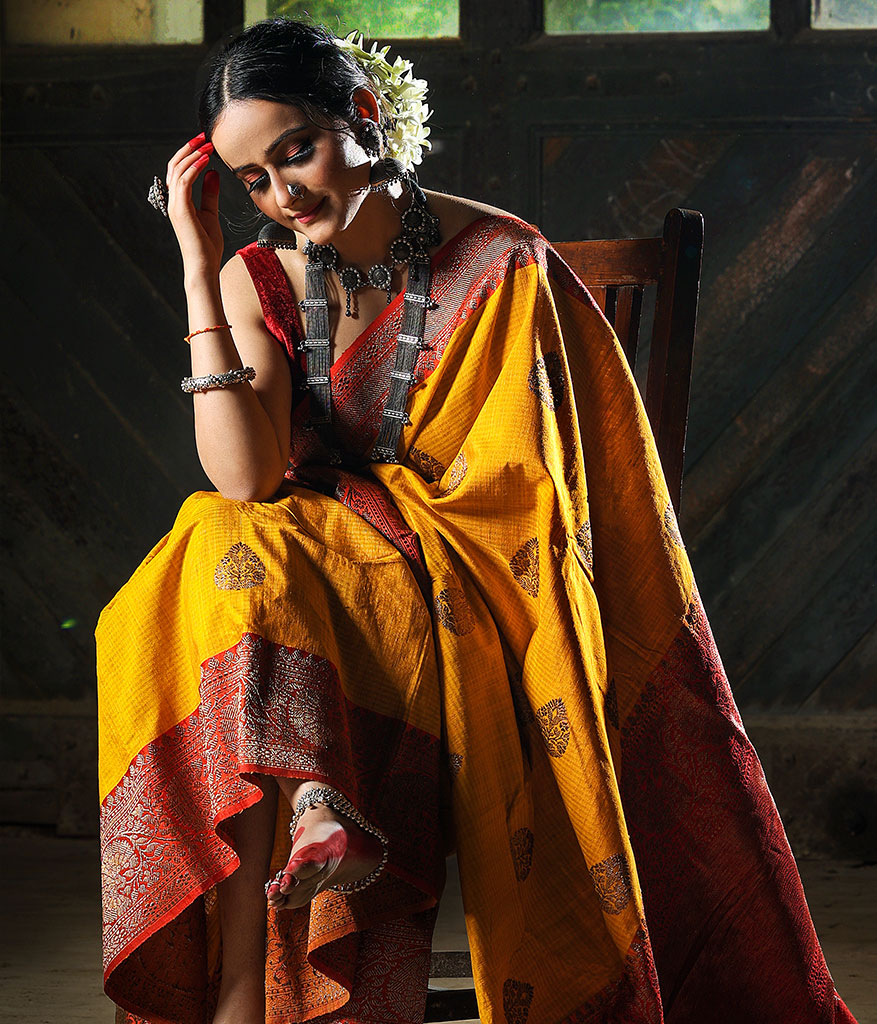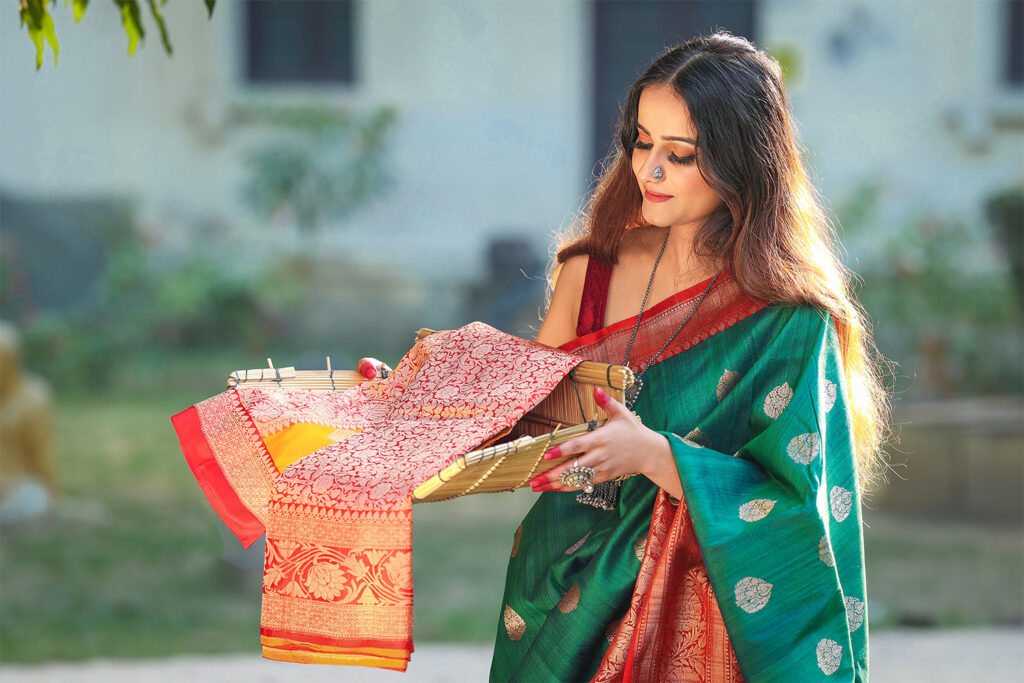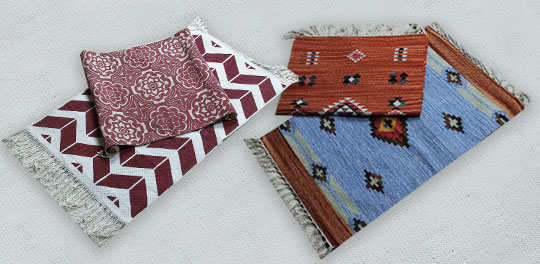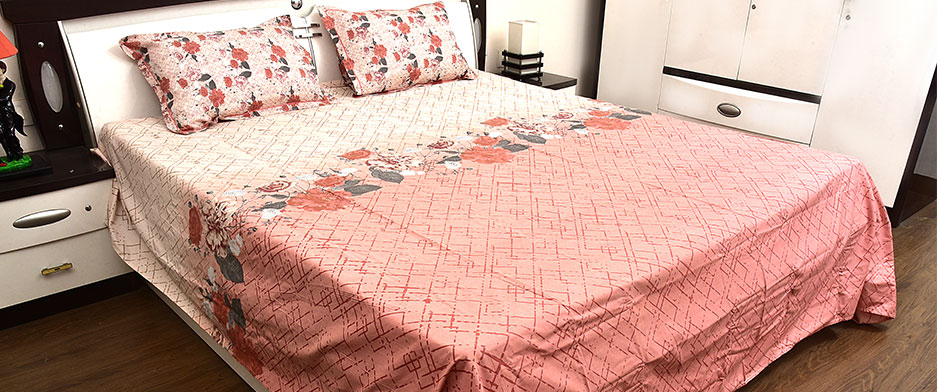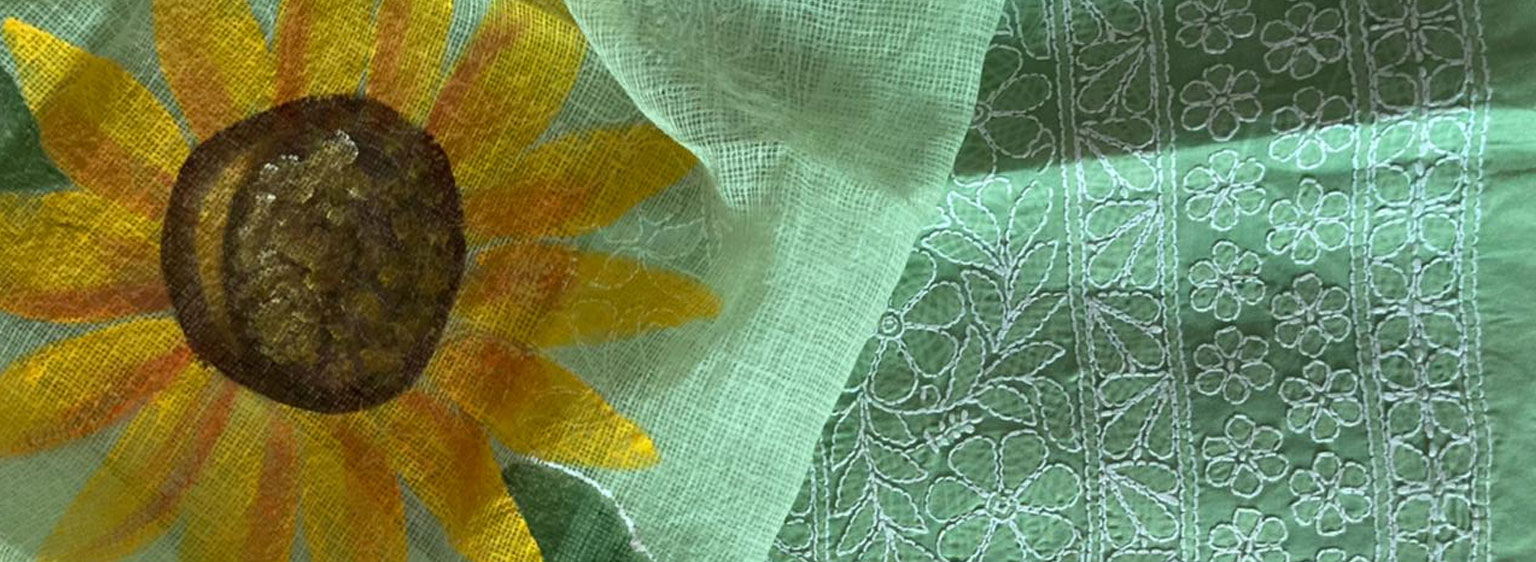Chikankari is an embroidered craft that is known for its sheer excellence of skill and play of textures. It is a fusion of transparency and opacity. It is known for its delicacy, evenness, minuteness and even for its subtle appearance. Chikankari in itself is a piece of historic art and culture, but India being a land of variety has many other techniques and handicraft art forms too. Just like our welcoming and accepting land of culture. Chikankari too accepts and adorns various such skilled art forms within it embodying the actual meaning of emancipation.
Armed with a variety of add-ons and keeping intact its traditional charm, the art of Chikankari continues to scale new heights in Lucknowi Kurtis manufacturers. And now, its innovative designs are attracting new buyers. Chikankari has its lovers all around the globe and it is a much in-demand, loved and appreciated art forms of India. In today’s time when people are short on time there is a huge demand for readymade Chikan kurtis.
- Aari:
Chikankari is product of ‘nafazat’ and Aari embroidery being floral embroidery in its essence gives the ‘nazakat’ to the otherwise rich and regal Chikankari. Aari work and Chikankari are both reminders of the grand Mughal period when cultural and artistic bloom was at its peak.
The Aari work gives a dash of color and fresh floral detail to the serene and royal Chikankari, making the garment hypnotic with its beauty and details.
Aari is also known as crewel work is created in fine concentric rings of chain stitch using long hooked needles called the crewel. It is a form of very fine embroidery that involves elaborate and intricate floral motifs favored by the royals.
- Gotta Patti:
All of us have heard about ‘Ye Gotedaar lehanga’, so what basically is a Gota?
Gota is a silver or golden colored metal ribbon when it is cut in the small pieces tracing the shape of a leaf and stitched on sides of garment with zari to transform a basic piece of clothing into royalty, that is called ‘Gotta ki Patti’ or simply ‘Gotta Patti’.
This form applique method is so time-taking and difficult that previously only Royalty was seen adorning this beautiful art. But, with passage of time, original gold and silver Gotta were replaced by copper and imitation metal which made it easily available and much loved by everyone.
Gotta patti is often fused with Chikankari to add a royal glint to the elegant stitches and further enhance the richness and augustness of the garment. These two Royal art forms of Lucknow and Rajasthan have the power to transport you to the era of brilliant artistic cultural bliss with their intricate designs and wearing them will make you feel like royalty.
- Zari/Zardozi:
Zari is a form of embroidery which uses silver and gold threads, beads and spangles to bring out the true essence of this ornate and sumptuous craft, which was previously patronized by the affluent and courtly classes only.
This delicate and skillful art has seen a revival in recent years where it has become a favorite for weddings and fashion ramp events equally. Zardozi almost looks like a jewel when placed under the right lighting.
It was very popular previously and we all can find some pieces of clothing in our Mother’s and grandmother’s closet which is a masterpiece of Zari. It is a hot favorite among the brides recently as it adds to the spark and glory of the bride.
‘Zara si Zari’ work with Chikankari has the power to increase the glamour and worth of these garments. Just looking at these jewels amidst fine threaded art detailing of Chikankari, almost casts a spell on the onlooker.
- Mukeish/Mukesh;
Mukeish work is the twin brother of Chikankari as they both are born and flourished in Lucknow. This type of embroidery involves twisting thin metallic threads to create patterns all over the fabric.
Mukeish work was transpired as a way to beautify Chikankari embroidery. On the runway, in boutiques and within homes Mukeish work is now seen as a part of the larger Chikankari garment.
Since, the overall look that Mukesh work renders is a soft shimmer due to the metallic threads, depending on the style and design of the garment.
Seeing Mukeish work gleam in sunlight amongst the fascinating Chikankari threadwork is like findina ‘ek tukda chand ka’ amidst the threaded Chikankari clouds.
It accentuates the elegance of Chikankari blending in perfectly within the threads and becoming a seamless part of Chikankari.
- Pearls:
The beauty of pearl beading is undeniable and looks very serene. The best pearl work comes out in white and off-whites but colored pearls are also used in recent trends to accentuate garments which have a soothing incantation to it.
Pearls are the best buddies of Chikankari as both the work are originally and mostly done in whites and off-whites. Adding a pearl beading to an already enchanting Chikankari garment makes the garment look Arcadian and gives a dreamy look and finish to the garment.
Pearl embroidery playing hide and seek with the intricate detailing of Chikankari is a game worth watching on garment.
Adding pearl beading also compliments Chikankari as both embroidery forms are very pleasing and soft to the eyes. Pearl beading also helps in bringing a variation in the texture of the garment and uplifts the royalty of the garment.
- Mirror Work:
Mirror work has garnered a liking in the youth due to its Bohemian and cool appearance. It also goes with the shining personalities of the youth and adds a glam quotient to their attire.
Mirror work when embedded with regal Chikankari work gives the attire a very sensuous yet classy look. This takes the outfit to a next level love and looks gracious on everyone.
Generally smaller mirrors are used in Kurtis and Kurtas, but the demand of Big Mirrored work with Chikankari on Lehangas, completes the dramatic Bollywood look which is liked most by youth.
It adds on to the bling factor which is much appealing to the youth and suitable for all occasions. Mirror work brightens the Chikankari as small reflections of the knotted thread intricacy is seen in gleaming mirrors, making the outfit look party ready and give a very fun and lively vibe to the attire.
- Hand-blocking:
Hand-blocking is a printing technique which uses certain signature designs and dyes from various parts of our country to be reflected in the design of garment.
Chikankari and Hand-block prints are the most recent trends in the textile industry. These two ancient and handmade art-forms of textile are enough to felicitate customers with the pride of owning a piece of cultural heritage of India.
Both these handicrafts are handmade and take a lot of skills and time in finishing and hence are well respected and loved not only in our country but have also left a mark in the world.
Hand-Blocking with Chikankari is life a time travelling machine that takes you back in time and connects you to the cultural heritage of our country.
 Camera C430W 4k Waterproof
1 × Rs.590.00
Camera C430W 4k Waterproof
1 × Rs.590.00 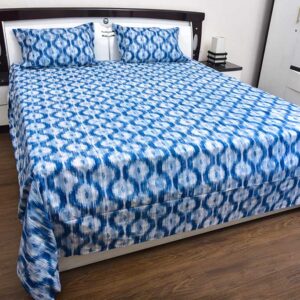 Ethnic Rebirth
1 × Rs.1,000.00
Ethnic Rebirth
1 × Rs.1,000.00 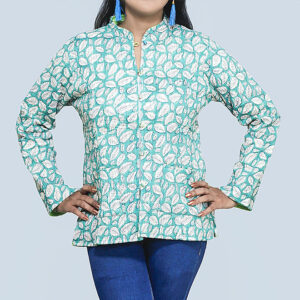 Chikan 4
1 × Rs.725.00
Chikan 4
1 × Rs.725.00  Laptop Screener CX70 2QF-621XPL 17.3" 4210
1 × Rs.2,399.00
Laptop Screener CX70 2QF-621XPL 17.3" 4210
1 × Rs.2,399.00 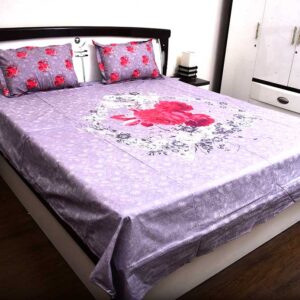 Rosy Hope
1 × Rs.1,000.00
Rosy Hope
1 × Rs.1,000.00  Tablet White EliteBook Revolve 810 G2
1 × Rs.1,300.00
Tablet White EliteBook Revolve 810 G2
1 × Rs.1,300.00  White NX Mini F1 SMART NX
1 × Rs.559.00
White NX Mini F1 SMART NX
1 × Rs.559.00 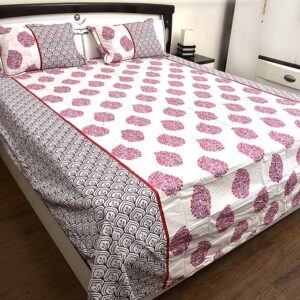 Artistic Zing
1 × Rs.1,000.00
Artistic Zing
1 × Rs.1,000.00 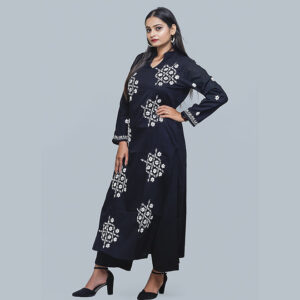 Chikan 3
1 × Rs.1,100.00
Chikan 3
1 × Rs.1,100.00 
